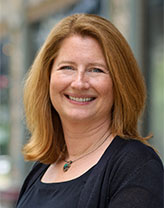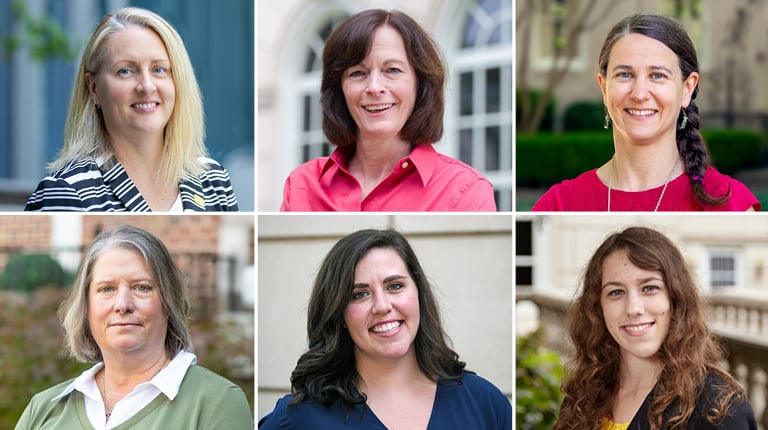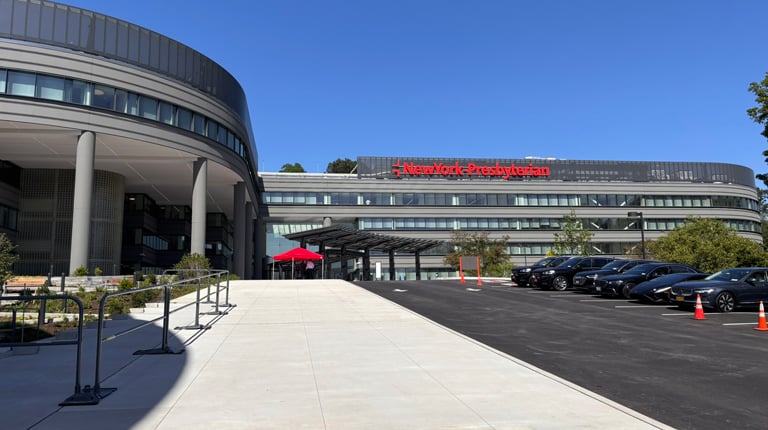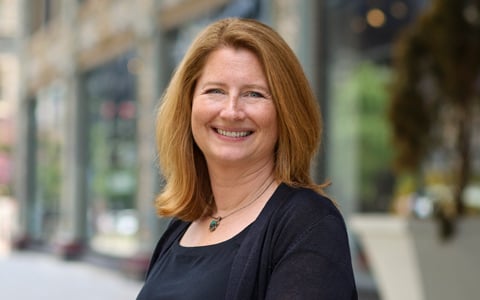
Lee Farmer is working on some of the largest, most influential, and impactful transit and rail projects across our nation’s capital. Think: Long Bridge, VRE Crystal City Station, VRE L’Enfant Station—projects that are transforming the region’s connectivity, accessibility, convenience, and quality of life for transit and rail users. She’s the one behind the scenes coordinating with stakeholders and proactively managing these projects to address challenges and identify needs before they arise. Lee was recently promoted to Project Development Manager, a position that is focused on smooth project transitions from planning to design. We spent some time with Lee to further understand her new role and what it means for clients and projects.
VHB: First, congratulations on your recent promotion to Project Development Manager! Tell us more about what this means.
Lee: Thank you! There is a lot to look forward to in this new role. In short, I would describe this role as overseeing the transition on complex Transit & Rail (T&R) projects as they advance from planning (conception and alternatives analysis) through preliminary engineering and environmental permitting. My role is to bring together the different disciplines and help them talk to each other. Most of the projects I work on are large, they are complex, and involve a number of stakeholders that all share a common goal. It’s important that together we understand what’s needed to get the project to implementation. The role encompasses a lot of what I have been doing already since joining VHB five years ago, but having it defined helps clients and partners understand it and its benefit as we continue to expand our T&R capabilities across the region.
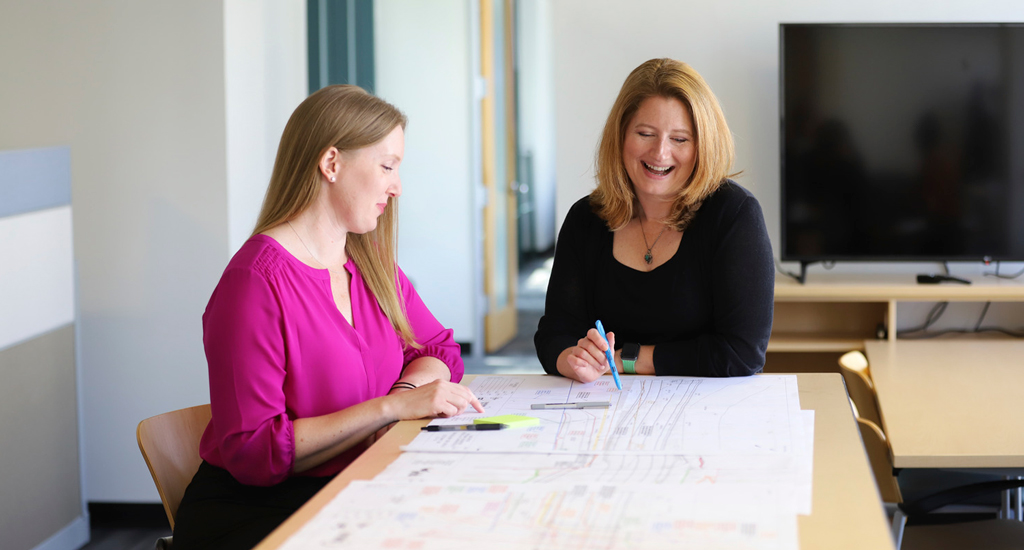
VHB: Which is a good lead into my next question. Can you share how your new role benefits our clients, partners, and projects?
Lee: T&R projects in urban environments are full of layered planning and design challenges that should be considered strategically and holistically throughout project development and delivery. By thinking deliberately and innovatively about complex project advancement, it helps us proactively manage schedule and cost—two significant factors for keeping projects on track. My project development role will make certain that handoff from planning to engineering design and construction is seamless and streamlined. It will require clear, productive, and strategic communication and knowledge sharing with the team during the critical planning, preliminary design, and permitting phases. This sets the stage for successful design advancement and construction.
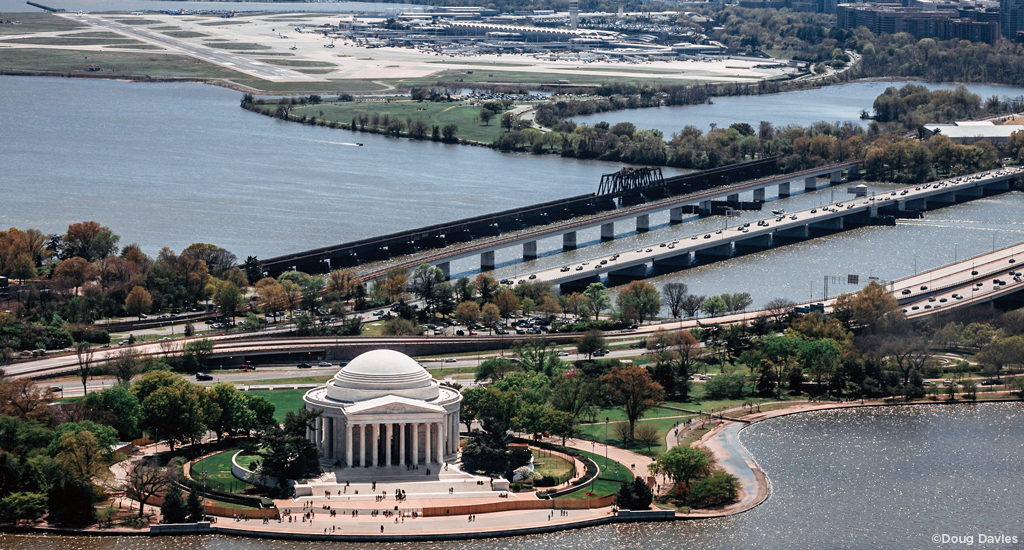
VHB: For those that may be unfamiliar with the complex transit & rail projects you are actively working on that directly impact our nation’s capital; can you provide a summary?
Lee: Where to begin? I’ll start with the largest, which is Long Bridge. It’s currently in the preliminary engineering phase and when construction is complete, it will remove a major pinch point for rail along the East Coast. It also includes a new pedestrian and bicycle bridge across the Potomac to help enhance safety, connectivity, and accessibility.
I’m also working on VRE’s L’Enfant Station & Fourth Track—we’re wrapping up the alternatives analysis phase, where we study a few different scenarios to determine the best design solution for the project by balancing benefits and impacts. We recently had a round of public outreach for this project to discuss the preferred alternatives and it went well. When this project is complete it will increase capacity, service reliability, and customer convenience, which is exciting for riders.
Two additional projects that are ongoing include the National Environmental Policy Act (NEPA) Environmental Assessment (EA) for the CC2DCA project to help meet the growing need for connectivity between Ronald Reagan Washington National Airport (DCA) and National Landing. Then, there is the Georgetown Gondola Feasibility Study that is ongoing that will help answer questions like, “Can we do this?” and “Is it a good idea?” I’ve assisted with development of the Purpose and Need and with stakeholder and agency engagement so that together we can determine what problem we are trying to solve, and then think broadly about how to solve it.
Of course, there are other projects that are ongoing, and our teams are very busy.
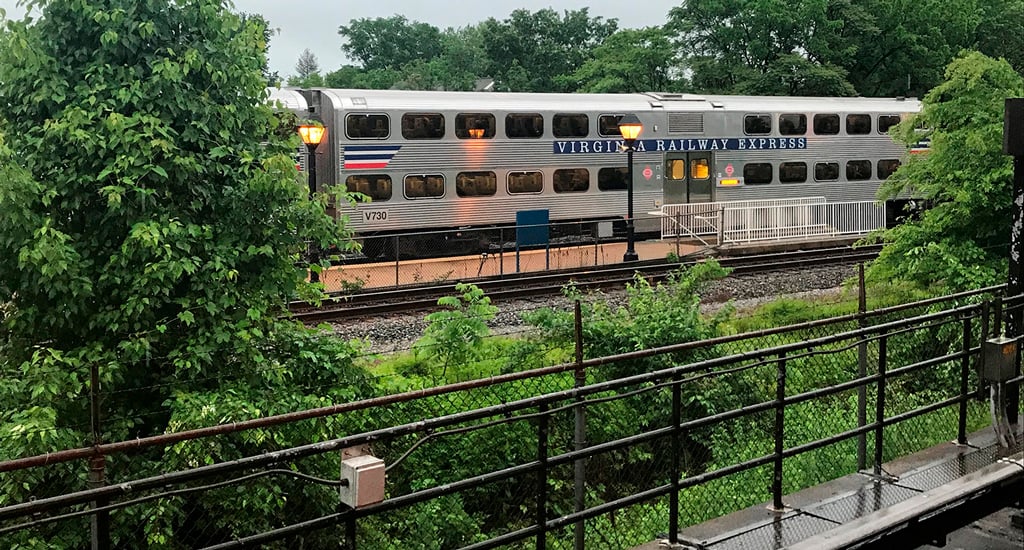
VHB: Wow. That’s a lot. Were you ever asked the “Where do you see yourself in five years?” question and did you imagine it would be like this?
Lee: When I started at VHB five years ago, I jumped right into the Environmental Impact Statement (EIS) phase of Long Bridge, so I knew VHB worked on exciting projects. However, it has been remarkable to watch our practice in DC grow and expand. From my perspective, we’ve developed a reputation and position of strength from where we started. I think what’s valuable is that we aren’t a “paint by numbers” company. We don’t just provide solid technical solutions, but we also help our clients think through options and get creative. We bring in people that have specific knowledge and experience and we’ve been focused on hiring people that are rooted in the region—thankfully where there is a lot of talent. I think part of what has made us so successful is doing what it takes and setting long-term goals that are focused on getting the project built. Yes, we work really hard, but when clients come to us, they know that we are also going to listen to them, be responsive, and then make their project a built reality. We are constantly thinking big picture—whether it’s big picture for the project, community, or region.
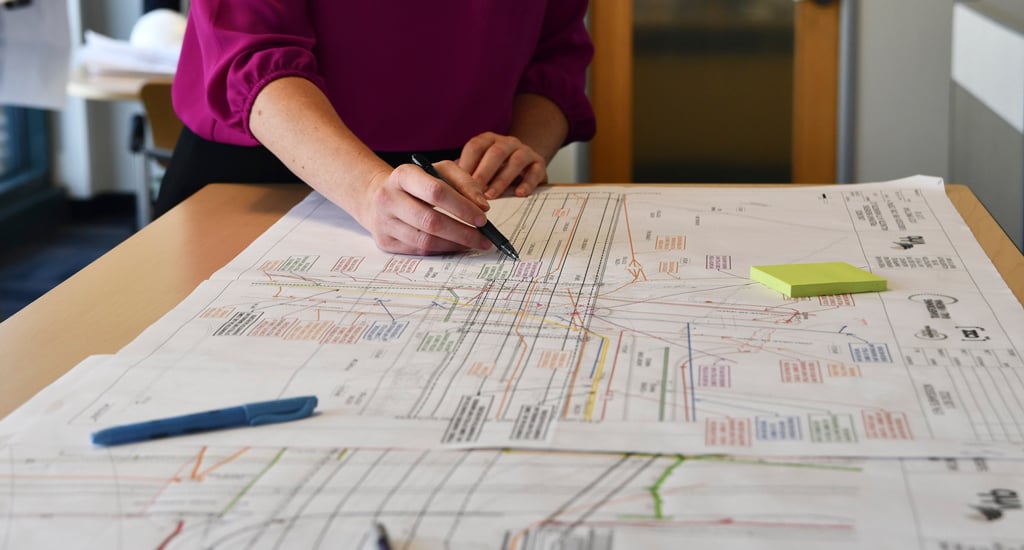
VHB: Before we wrap up, are there any new trends or advice you’d like to share?
Lee: I do have one piece of advice I’d like to share that aligns with a lot of what I’ve already been saying throughout this interview. I know that an EIS through the NEPA process may not always be a requirement for a project, but I would strongly encourage stakeholders to still think through things that are required when you do an EIS—like the purpose and need, balancing trade-offs, identifying future permits and approvals—because it helps iron out potential problems that may later drive costs or delay construction. Again, it’s another way to be proactive because it allows stakeholders to identify potential big issues from the very beginning. It’s also an opportunity to gain community buy-in. I can’t tell you how many projects have been more successful when the community is onboard because we’ve listened to them—what are the things they care about, how they use the space or amenity, and what they would like to see in the future.
Interested in learning more about Lee’s role on Transit & Rail projects at VHB? Connect with her on LinkedIn or by sending her an email.

